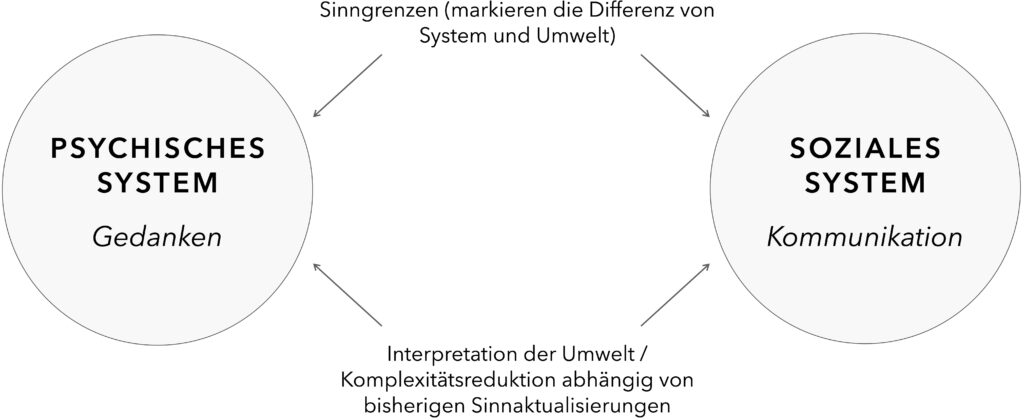Literaturhinweis: Organisationen als Entscheidungszusammenhänge
13. Mai 2016Göran Ahrne (Stockholm) und Nils Brunsson (Uppsala), die bereits seit geraumer Zeit neue Organisationsformen in der digitalen Moderne in den Blick nehmen, haben jüngst zusammen mit David Seidl (Zürich) den kostenfrei abrufbaren Überblicksartikel »Resurrecting organization by going beyond organizations« veröffentlicht, in dem sie im Anschluss an James M. March und Herbert A. Simon (1958) sowie Niklas Luhmann (2000, 2005, 2012) dafür plädieren, Organisationen als rekursive Entscheidungszusammenhänge zu begreifen. Dabei identifizieren sie fünf Entscheidungstypen als Kernelemente einer voll ausgebildeten Organisation:
»1) It is necessary for those involved in the interaction to know who else is involved. In organization this is accomplished through decisions on membership, defining who is a member and who is not. 2) It is necessary for the participants to gain some shared understanding about what they are doing and how to do it. In organization, this is accomplished through decisions on rules for the actions of the members. 3) It is necessary for the participants to be able to observe each other to know how to continue. In organization this is accomplished through decisions on how to monitor the members. 4) Participants must be able to get others participants to do what is expected of them. In organization this is accomplished through decisions about positive and negative sanctions. 5) Participants must have an understanding about who has the initiative and power. In organization this is accomplished through decisions about hierarchy, (i.e. through decisions about which decisions are binding).«
In einem zweiten Schritt schlagen Ahrne et al. vor, unter dem Begriff »partial organization« soziale Ordnungsformen zu untersuchen, die auf einige dieser Kernelemente verzichten, sich aber nichtsdestoweniger durch ein hohes Maß an Organisiertheit wie auch ein benennbare Grenze zu ihrer Umwelt auszeichnen, so z.B. digitale Gemeinschaften, soziale Bewegungen – oder auch Märkte und Netzwerke:
»Just like formal organizations, markets are ordered not only by mutual adjustment and institutions, but also by organization […]: Many markets are organized through decisions about membership: allowing only certain people or organizations to obtain licences to act as sellers of taxi rides or pharmaceuticals, for example. Products sold in markets must comply with decided rules about product safety or rules regarding product labelling. Sellers and buyers are monitored by certification and accreditation activities or by rating institutes. Positive sanctions in the form of prizes and awards are common in many markets, and negative sanctions such as boycotts are sometimes imposed.
[…] Instead of treating organizations and networks as opposites, our conceptualization of organization allows networks to be seen as social orders with varying degrees of organization […]. A social relationship that emerged as a pure network of individuals without any organization often gradually becomes organized with one or more organizational elements, thereby making the relationships more visible both for those involved and from the outside. Some people may develop a list of network members, so everybody knows who is involved in the network, or they can choose a convenor that has the authority to decide about future meetings and can set the agenda. In order to accomplish common action or make common statements, even more organization may be needed […].«













